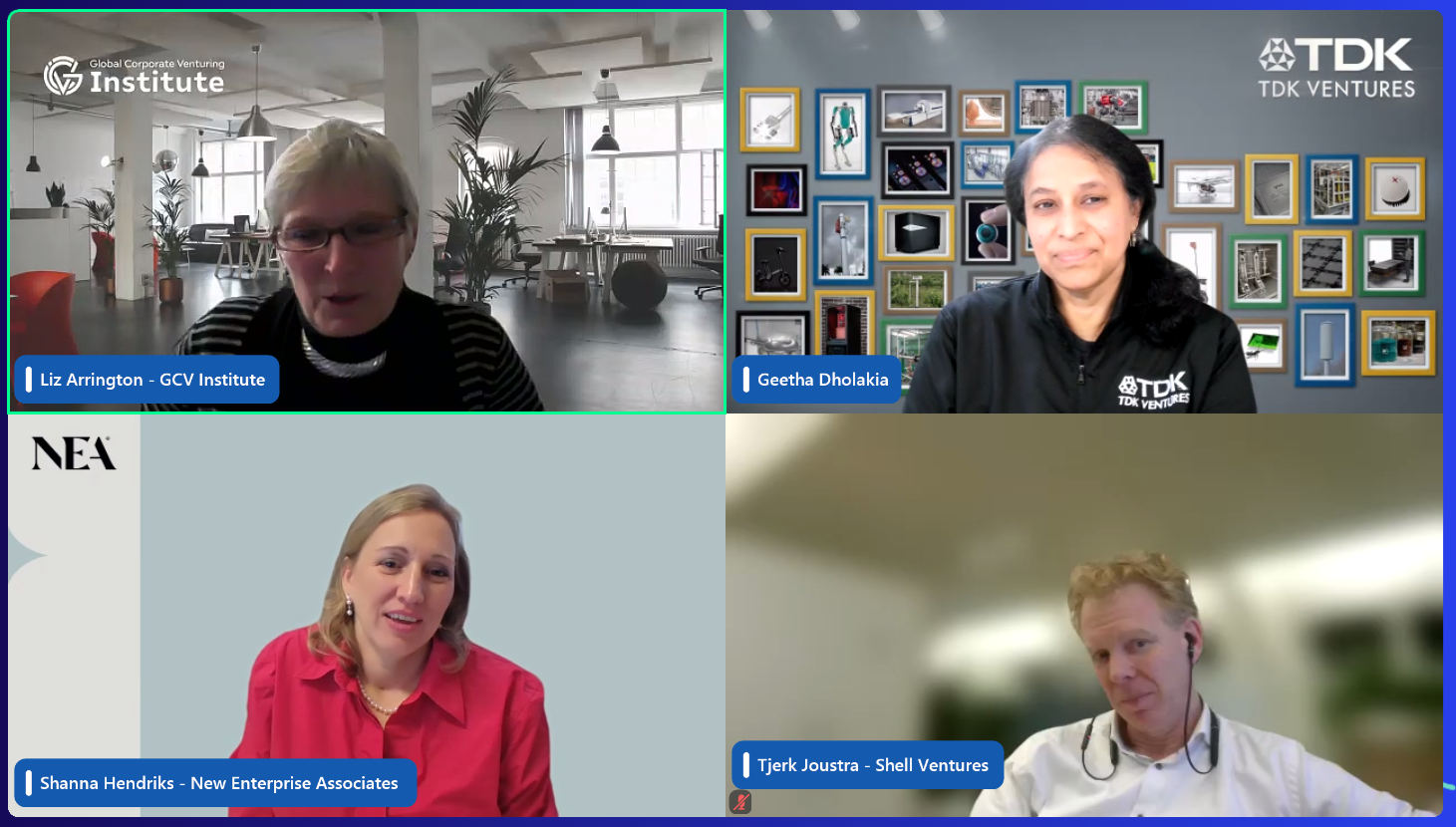From finding startup champions to the parent company to having a pot of money to find technology, here are the steps for building a successful development team.

The help in the beginning in the file that happens quickly in different ways is a no-brainer for business owners. Marketing and hiring support as well as customer onboarding and help landing pilot projects are just one of the many ways that entrepreneurs can increase the progress of the beginning.
About half of VCs now have a “foundation” job that specifically helps startups grow their businesses. Research by the trade group VC Platform shows that these VCs have better returns on investment.
Shanna Hendriks, who heads business development at the services division of VC firm NEA, says having a founding team can be a factor. value and best value.
“NEA has been around for a long time but not many people have heard of us, especially the new founders. So if we can come and help with talent or business development and make some sales information, it can help a lot in this competition that we are in,” he said.
Investing companies, on the other hand, often have a clear mandate to look for collaboration opportunities between their startups and the business units of the parent company. This makes it even more important to use the platform. Our latest GCV Keystone survey shows that 34% of CVC units have a business development or foundation. Up to 65% are in large funds, those managing more than $300m.
A recent GCV webinar, Designing a CVC winning situationbrings together experts from VC and CVC firms, with Geetha Dholakia, program director at TDK Ventures, and Tjerk Joustra, global executive director at Shell Ventures, joining Hendriks on the table. They gave us an insight into how their role works and how organizations can get more benefits from them.

Here’s what we learned:
1. The founding teams of VCs and CVCs operate differently
NEA, or New Enterprise Associates, is a 46-year-old venture capital firm with $6 billion invested in 370 startups. Although Hendriks is part of a team of eight people who focus on helping companies with projects such as marketing, talent and business development, they are published. They also talk to many different businesses to try to see which of their affiliate companies could be a suitable business.
In contrast, competitively managed teams have the tendency to focus on a single industry and tend to have fewer companies. installed to run. Shell Ventures has about 100 investments and an executive team of about seven. At TDK Ventures, Dholakia leads a team of four investment professionals, who are associated with the unit’s 42 companies.
Between eight and 10 companies install what a CVC specialist can handle, say Dholakia and Joustra. Although it can depend on the state of the company – new investments need a lot of support and support.
Joustra has also noted the extent to which entrepreneurs such as a portfolio company can make a big difference.
“Sometimes we find that they are so happy that they run away and we hardly have to do anything to support them,” he said. In other cases, when the relationship with the start-up is placed on the business enterprise by the top management, the founders must work hard to manage the relationship.
2. Organized ways to bring companies and startups together can help
Part of the skill of the founding team is to know the businesses and their needs well, so that they know exactly which ones can benefit from the technology of the start-up.
“We know who’s knocking on doors in the company. That’s the key to this job,” said Dholakia.
But some organized content can help spread awareness about the file, too.
TDK Ventures, for example, conducts an annual event, which brings together companies and TDK company leaders to facilitate networking and learning.
“In these days of Zoom calls, having people in a room where they can talk to each other is really important,” Dholakia said. “So, for the last two years, we’ve been putting together the Portfolio Summit, where we bring all our portfolio companies and TDK company leaders to spend a whole day talking to each other, looking at the presentations products and panels.”
3. Involve many of the company’s stakeholders
It’s not enough for a startup to find just one champion in the company, they need two or three at least, Joustra said.
“As soon as you find the first person in the business who is interested and who really wants to promote this, go find the second one, because it will give you longevity, or continuity you need,” he said. said. Employees often change, so the startup’s network in the business environment can suddenly transfer or leave. “You have to build on your own continuity” by building a whole team of advocates, Joustra said.
4. Keep the relationship between the CVC and the parent company clear
CVC teams work closely with start-ups, and must be very careful not to betray any confidence or pass confidential information to the parent company. It helps to clearly define the role of a mediator and director and avoid getting involved in any business negotiations.
“Our directive to the installation companies is: ‘share what you want to share directly with parents, not us’,” said Dholakia. There are also legal aids on both sides. The file has its own rules [advisors]and we have an in-house lawyer. There are enough checks and balances in place to avoid or prevent a conflict of interest.”
According to Joustra, Shell Ventures is careful to ensure that it stays out of business negotiations between the start-up and the parent company. He also noted that members of the Shell Ventures’ platform are not members of the board, in order to avoid conflicts.
“We can represent the shareholders, but we will never be able to take the position of the board of directors,” he said.
5. Having money to pay pilots is easy – even if you don’t use it
Sometimes joint ventures between a startup and a business fail because there is no budget to pay for a pilot project to test the technology. Some foundations manage this by having their own funds that can be used to help pay for these things.
“Proofs of concept usually have additional costs associated with that, so we try to cover that. We don’t pay the whole thing, the business also needs to put up some money.” on the table,” Joustra said. “But the funny thing is, we rarely use it [the funding]. We offer it, but when push comes to shove, it’s rarely necessary to use it.
Not everyone does this. TDK Ventures, for example, never pays for pilots and often asks for funding to come from business units.
6. Measuring success is important but challenging
Being able to demonstrate that a strategic group is creating value for the company is important. The work can be difficult to understand and can be dangerous if the benefits cannot be clearly demonstrated.
“Business has a tendency to go through cycles where you’re really good, and then another. [CEO] come in and start asking if this is something we should do,” Joustra said. “Being able to consistently demonstrate year after year that you are measuring and performing and delivering real value is an easy way to justify your survival.”
But it’s hard to get free. Shannon Hendriks said the NEA team tried many ways to measure effectiveness but ultimately found it difficult to measure anything more than the number of reports they make for affiliate companies. .
“Ten years ago, I thought we could prove the value of a statement – if it reached several million dollars, then it would be returned to the money,” he said. But anything that happens after the introduction that is not within the team’s control is not a reflection of the team’s performance.
CVC funds may be easier to measure the impact because they can get more information from the parent. TDK’s Dholakia has a wide set of measurements. Like most CVCs they track the number of pilots they start with the parent company.
“But we also have other methods behind these things, like, was there a training? Was the parent expert able to learn something from the installation company because they work with a lot of customers and have a lot of technical knowledge?
Shell Ventures uses the largest approach, with the performance of the founding team at the bottom end for corporate parents.
“We will certainly try to measure the true value. There are cases where we have created new revenues that are easy to measure, and there are cases where we see a reduction in the costs of some projects,” said Joustra.
Watch the full webinar below:
This webinar is part of GCV’s The Next Wave series of webinars. We hold a webinar on the second Wednesday of each month, alternating between advice for CVC practitioners and deep dives into specific investment areas. Our next webinar will be: Now is the right time to invest in autonomous driving, on February 19, 2025. Register for free here to secure your spot.
#entrepreneurs #build #great #team #tips